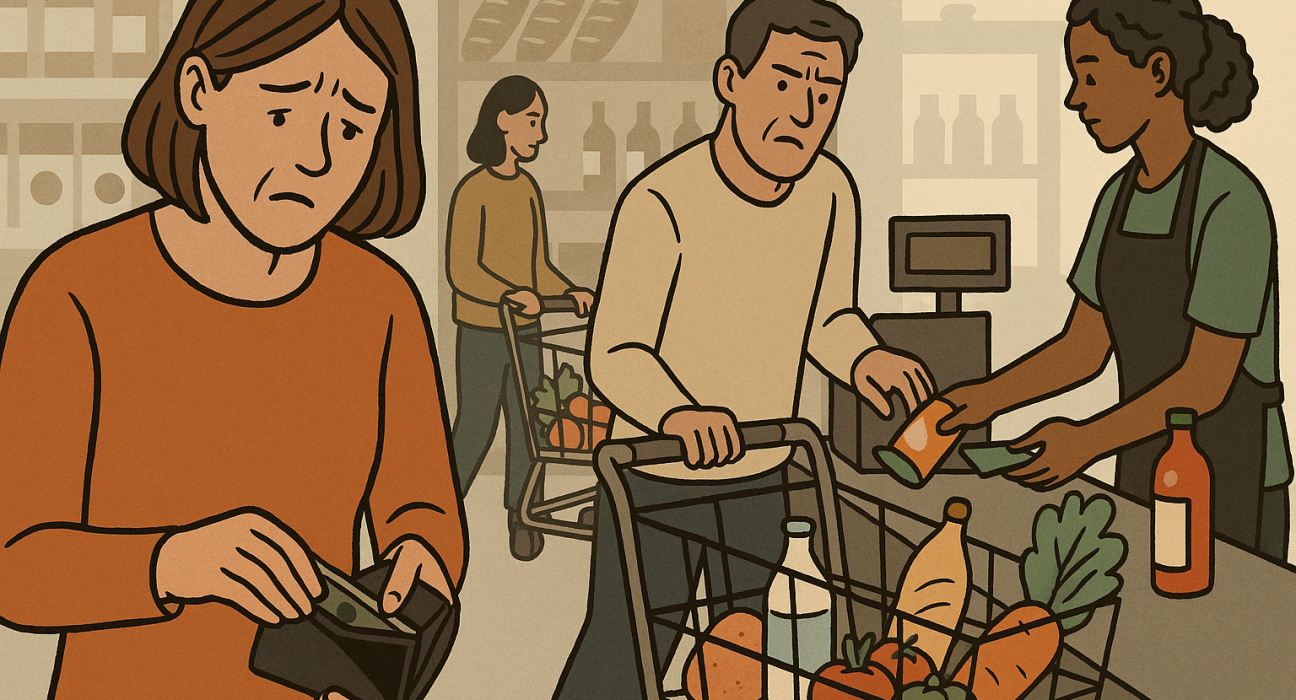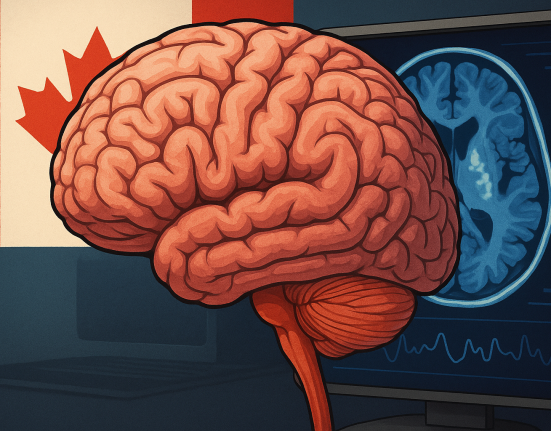A new report from Fair Isaac Corporation (FICO) shows that U.S. consumers are increasingly strained under inflation and high interest rates. The findings reveal that average credit health indicators are beginning to soften, even as banks continue to claim overall consumer resilience.
The average national FICO score has dipped by about two points. Although small, this is noteworthy because U.S. credit scores have generally been climbing for years. In 2021, 38.1% of Americans held scores in the mid-tier range (600–749). By 2025, only 33.8% fall into that range, meaning more borrowers are either sliding down to riskier credit levels or moving up to the highest tier. This suggests a widening divide between financially secure and struggling households.
The stress is most pronounced among Gen Z adults in their teens and 20s. They have seen the sharpest decreases in credit scores, largely due to the burden of student loans. Student loan delinquencies hit a record high in 2025. Among the 21 million FICO-monitored customers with payments due, over 10% were delinquent. This surge in non-payment highlights how young borrowers in particular are finding it harder to cope with repayment obligations in the current economy.
The report comes as several large U.S. banks insist that consumers remain in “good financial health.” Despite FICO’s warning signs, banks cite stable repayment levels in credit cards and mortgages. Yet the broader economic backdrop points to potential cracks: the labor market has shown signs of cooling, and wage growth is slowing while prices for essentials remain elevated.
FICO stresses that the average score of 715 remains near historic highs, reflecting a broad foundation of consumer credit stability. But it warns that this metric is a lagging indicator and may mask emerging risks. Rising delinquencies, tighter credit conditions, and financial strain among younger households suggest future downward pressure.
The dynamic highlights the uneven nature of inflation’s impact. While wealthier households have built buffers, lower-income and younger borrowers are disproportionately stressed. For policymakers, lenders, and consumers, this raises questions about financial resilience heading into 2026.
Projections
Potential Positive Outlook (Pro):
- Credit scores, while softening, remain strong on average. A 715 average is historically high, suggesting most households are still stable.
- If inflation continues cooling and interest rates stabilize or decline, borrowing conditions could ease, relieving pressure on consumers and reducing delinquency rates.
- For disciplined borrowers, tougher credit conditions may encourage better repayment habits and reduce risky lending practices.
Potential Negative Outlook (Con):
- Rising delinquencies in student loans may spill into other sectors such as auto loans or credit cards, eroding financial stability for younger generations.
- If the labor market weakens further, households already stretched by high rates could face compounding difficulties, leading to wider defaults and broader economic slowdown.
- Continued divergence between financially secure households and struggling groups could exacerbate inequality, reducing consumer spending power in critical segments of the economy.
Sources
- Reuters – US consumers are feeling the stress of inflation, interest rates, report shows (Sept 16, 2025)reuters.com
- FICO report cited in Reuters coverage
- U.S. labor market trend data referenced in Reuters reporting








Leave feedback about this
You must be logged in to post a comment.